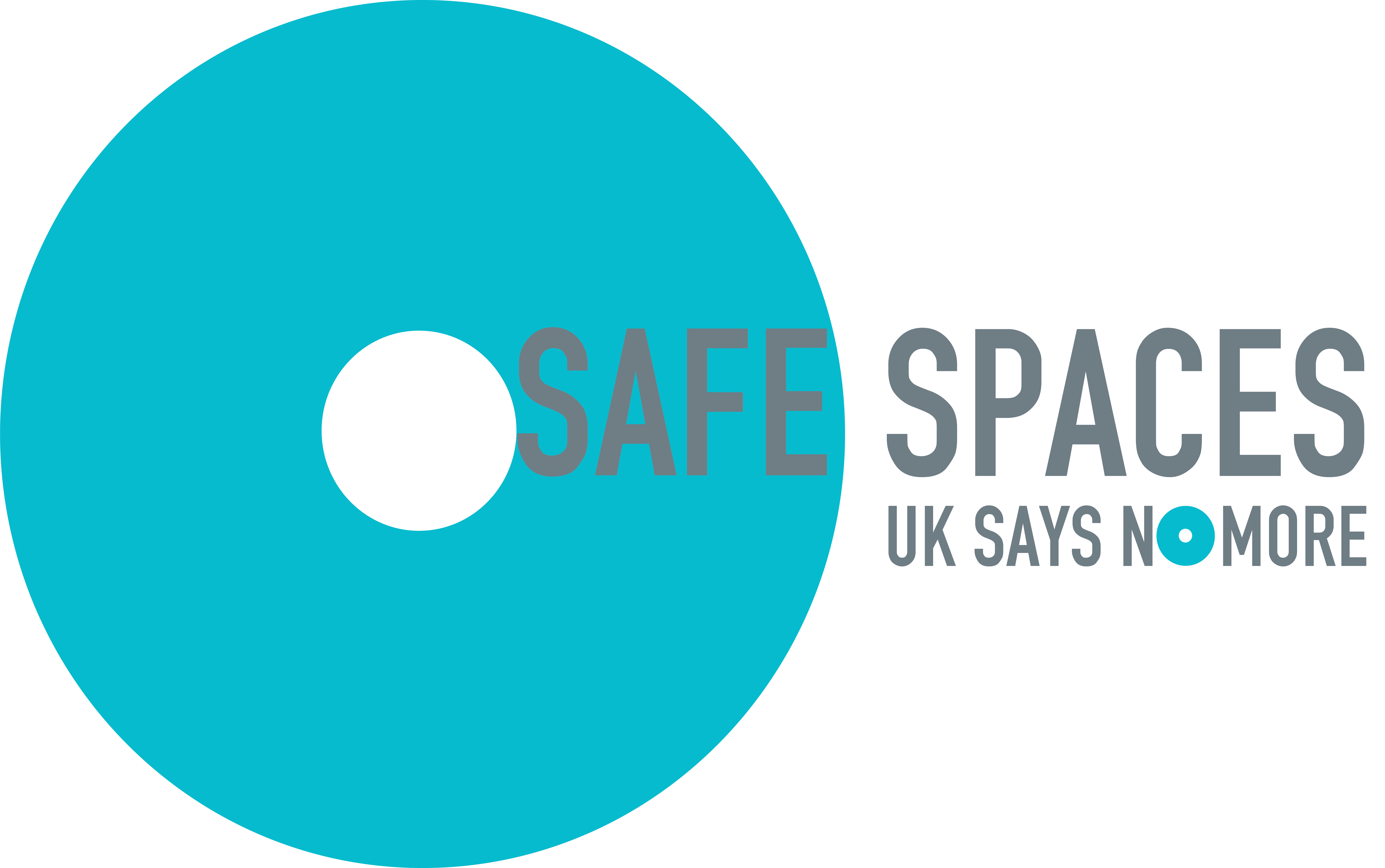Find Us
The Clear Company
The Base
20 Dallam Lane
Warrington
Cheshire
WA2 7NG
Home > How to support your disabled customers this Purple Tuesday

A Diversity, Equity and Inclusion (DEI) statement of intent is a key step in ensuring your DEI strategy is anchored within the overall business strategy. Organisations that have worked through the processes below are ready to write their DEI statement of intent.

There are 16 million people in the UK with a disability and with 70% of disabled customers choosing not to return to an organisation after receiving poor customer service, the commercial power of accessibility and inclusion could not be clearer.
Purple Tuesday, celebrated this year on Tuesday 7th November, raises awareness on the challenges faced by disabled customers and highlights the need for inclusive and accessible shopping and service experiences.
In this blog we share a few top tips of things to consider for a more accessible customer experience:
Technology: Ensure your websites and apps have accessible designs and are compatible with accessibility tools that support text-to-speech, keyboard-accessible navigation, 200% and 400% zoom and more.
Consider whether aspects such as colours, fonts, italics, bold, support are effective, and ensure images are tagged with alternative text and closed captions are included with video content. Don’t forget that this applies to any content you share on social media, too!
In-person customer experiences: Designing or adapting your premises with physical accessibility in mind includes the provision of things like
In-person support: Delivering inclusive services to disabled customers could include practical steps like identifying the importance of the Hidden Disabilities Sunflower Lanyard scheme, how to use hearing loops, or the “Six Second Rule” – pausing and allowing others to process information and respond.
It is important to avoid assumptions and communicate directly with disabled customers, rather than opting to talk to the person who might be accompanying them. Training staff on disability awareness, British Sign Language and providing Mental Health First Aid training can also equip staff with skills to communicate effectively and inclusively with disabled customers.
Online and virtual support: Provide a range of contact methods, as customers will have different preferences in terms of communicating via live chat, email, social media, or telephone. This will also provide customers with assistive technology or services with various options that may be more suited towards their needs.
Disabilities can be both visible and hidden, and so can the challenges faced by disabled customers. Therefore, it is important to raise awareness of challenges, and approach customer service with empathy and respect. Actively listening to customers, taking in feedback, and implementing suggestions are great ways to hear the perspectives of disabled customers and make impactful changes to elevate their customer experience.
Treating disabled customers with autonomy and maintaining a flexible approach will allow them to share whether they need additional support to meet their specific needs. Don’t worry about making mistakes or being unsure of what to do, asking customers how you can help can provide a safe space for them to communicate what works for them.
Of course, these actions do not just stop at customer experiences. It is important to live and breathe these inclusive values internally too to support your employees and suppliers. For more information on inclusive employer practices – from auditing policies and practices, learning about inclusive behaviours, supporting staff with reasonable adjustments, and evidencing your work in this space with DEI accreditation – please contact us on enquiries@theclearcompany.co.uk
The Clear Company
The Base
20 Dallam Lane
Warrington
Cheshire
WA2 7NG
| Cookie | Duration | Description |
|---|---|---|
| cookielawinfo-checkbox-analytics | 11 months | This cookie is set by GDPR Cookie Consent plugin. The cookie is used to store the user consent for the cookies in the category "Analytics". |
| cookielawinfo-checkbox-functional | 11 months | The cookie is set by GDPR cookie consent to record the user consent for the cookies in the category "Functional". |
| cookielawinfo-checkbox-necessary | 11 months | This cookie is set by GDPR Cookie Consent plugin. The cookies is used to store the user consent for the cookies in the category "Necessary". |
| cookielawinfo-checkbox-others | 11 months | This cookie is set by GDPR Cookie Consent plugin. The cookie is used to store the user consent for the cookies in the category "Other. |
| cookielawinfo-checkbox-performance | 11 months | This cookie is set by GDPR Cookie Consent plugin. The cookie is used to store the user consent for the cookies in the category "Performance". |
| viewed_cookie_policy | 11 months | The cookie is set by the GDPR Cookie Consent plugin and is used to store whether or not user has consented to the use of cookies. It does not store any personal data. |

Dial ‘999’ for immediate assistance. If you are unable to speak or answer questions while on a 999 call, stay on the line, and when prompted, press 55 and your call will be transferred to the police. The local police number is 101 for non-emergencies.
*The ’55’ option will only work with 999.
Am I at Risk?
‘How do I know if I am suffering domestic abuse?’ This short survey will help you identify if the behaviours you are experiencing are domestic abuse.
If you are experiencing domestic abuse, you are not alone. Local support and help is easy to access through this search function. Click here
Local Support Services
If you are experiencing domestic abuse, you are not alone. Local support and help is easy to access through this search function. Click here
Contact National Helplines
National domestic abuse support services can offer you guidance here.
Useful Links
Access a range of other services that can support you. Click here